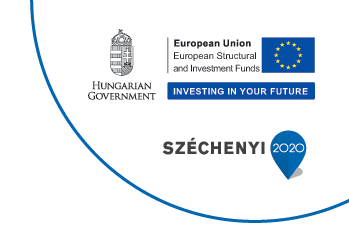Introduction
The synergy between continuous flow reactors and benchtop Nuclear Magnetic Resonance (NMR) spectroscopy has attracted significant attention in recent years due to its transformative impact on chemical synthesis and analysis. Continuous flow reactors offer distinct advantages, including precise control over reaction parameters, enhanced safety, and improved reaction efficiency. Conversely, benchtop NMR spectroscopy provides, non-destructive, qualitative and quantitative insights into reaction kinetics, intermediates, and final products. This integration enables real-time monitoring of the conversion as a function of the reactor parameters, facilitating rapid and even automated reaction optimization. The benefits of this hybrid approach are evident in the accelerated processes of reaction discovery and optimization. Researchers can utilize real-time NMR data to make on-the-fly adjustments to reaction conditions, resulting in enhanced yields and selectivity. Furthermore, in-line analysis reduces the need for
laborious sample preparation and offline analysis, thus streamlining workflows and minimizing waste.
In this application note, we have integrated a Spinsolve 80 ULTRA benchtop NMR spectrometer from Magritek at the outlet of an H-Cube® Pro flow reactor from ThalesNano. The Spinsolve ULTRA model is a compact spectrometer that offers high-resolution capabilities, crucial for acquiring spectra of products dissolved in protonated solvents. The H-Cube® Pro, on the other hand, offers multiple advantages, including enhanced safety, precise reaction control, high efficiency, reduced catalyst loadings, and broad substrate compatibility. Its automation capabilities make it possible to streamline hydrogenation reactions in a versatile manner, making it a valuable tool in chemical synthesis and research. To showcase the benefits of combining these technologies, we optimized the reaction parameters (temperature, pressure,
equivalents of H2, and liquid flow rate) to maximize the hydrogenation of Cinnamyl alcohol (Figure 1). The results demonstrate that by integrating a rapid online analytical tool, such as NMR spectroscopy, the full spectrum of reaction parameters can be thoroughly explored within a few hours to optimize the reaction.

